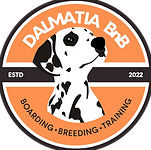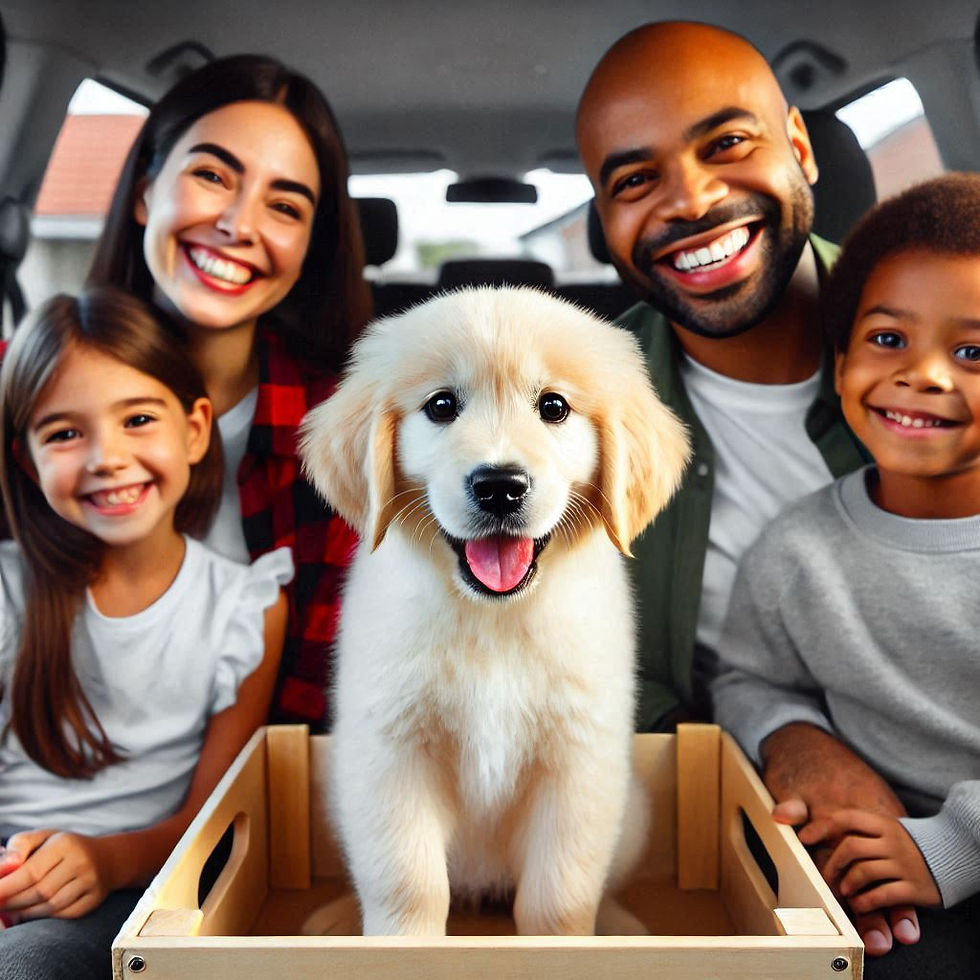How Exactly Do Dogs Learn?
- Rebecca Price
- Jan 7
- 3 min read

This is the beginning of a series of blog posts about "How Exactly Do Dogs Learn?". We will be exploring a new topic each week. This week I will introduce you to several learning methods and in the following weeks we will go into more detail on each one.
1.Operant Conditioning
Operant conditioning is all about learning through consequences. It involves four main types:
Positive Reinforcement: Adding something pleasant to encourage behavior. For example, giving your dog a treat when they sit on command. It's like saying, "Good job, keep doing that!"
Negative Reinforcement: Removing something unpleasant to encourage behavior. For instance, stopping a loud noise when your dog stops barking. It's like saying, "If you stop, this annoying thing will go away."
Positive Punishment: Adding something unpleasant to discourage behavior. For example, using a firm "No" when your dog jumps on guests. It's like saying, "Don't do that, or there will be a consequence."
Negative Punishment: Removing something pleasant to discourage behavior. For instance, When the dog jumps, you immediately remove your attention by turning away or stepping back.
2. Classical Conditioning
Classical conditioning is all about associations. This type of learning occurs when a dog learns to associate a neutral stimulus with something significant. The most famous example is Pavlov's dog:
Unconditioned Stimulus (US): Food, which naturally makes the dog salivate.
Unconditioned Response (UR): Salivation in response to food.
Neutral Stimulus (NS): A bell, which initially has no effect on the dog.
Conditioned Stimulus (CS): The bell, after being paired with food multiple times.
Conditioned Response (CR): Salivation in response to the bell alone.
Over time, the dog learns that the sound of the bell means food is coming, and they start salivating just at the sound.
3. Social Learning
Dogs also learn by observing and mimicking the behavior of others, particularly other dogs and humans. For instance, a puppy might learn to sit by watching an older dog do it and getting rewarded. This type of learning is crucial in environments where dogs can interact with each other.
4. Habituation
Habituation occurs when a dog becomes accustomed to a stimulus and no longer reacts to it. For example, a dog might initially bark at the sound of the vacuum cleaner but eventually stop as they realize it's not a threat.
5. Desensitization and Counterconditioning
These methods are often used together to help dogs overcome fears or anxieties:
Desensitization: Gradually exposing a dog to a feared stimulus at a low level that doesn't provoke a reaction, then slowly increasing the intensity.
Counterconditioning: Pairing the feared stimulus with something positive, like treats or play, to change the dog's emotional response.
.png)




Comments